Let’s keep it real—fabric names sound like code sometimes, right? 320T Taffeta might seem like a mystery, but it’s one of the most versatile, widely used synthetic fabrics out there. Light, smooth, and tightly woven, 320T Taffeta stands out for its strength-to-weight ratio. It’s a popular pick in jackets, linings, tents, and even windbreakers. The “T” doesn’t mean “terrific,” but... it kinda should.
|
Parameter |
Details |
|
Also Known As |
High-density Taffeta, 320 Thread Count Taffeta |
|
Manufacturing Process |
Woven (Plain Weave) on high-speed air-jet or water-jet looms |
|
Appearance |
Smooth, semi-glossy, tightly woven, crisp texture |
|
GSM Range |
55–80 GSM |
|
Composition Range |
100% Polyester or Nylon; sometimes a 90/10 Polyester/Nylon blend |
|
Construction Range |
320 threads/inch²; Warp & Weft evenly distributed; plain weave |
|
Functionality Options |
PU, TPU, AC, PVC, W/R (Water Repellent), Silver Coating, Fire Retardant |
|
Possible Yarn Count |
75D/72F, 50D/48F, 66D/72F |
|
Full Width |
57/58”, 59/60”, occasionally up to 71/73” |
|
Fabric Breathability |
Low to moderate (depends on coating; uncoated variants more breathable) |
|
Stretchability |
None (naturally non-stretch; can be bonded with spandex for stretch) |
|
Prone to Pilling/Bubbling |
Low pilling risk; minor bubbling with prolonged heat or low-quality coating |
|
Country of Origin |
Japan first industrialized in 1958 |
|
Biggest Exporter Country |
China (exports over 350,000 MT/year, mostly to EU, US, India) |
|
Recommended Washing Temperatures |
30–40°C (86–104°F); avoid tumble drying or high heat to preserve coatings |
|
Finishing Uses |
DWR (Durable Water Repellent), Fire Retardant (FR), UV resistance, Anti-static |
|
Color Fastness |
4–5 (Good to Very Good, depends on dye method and coating) |
|
Shrinkage Rate |
Less than 2% when properly finished |
|
Tear Strength |
20–35 N (warp); 15–30 N (weft) |
|
Abrasion Resistance |
Up to 20,000 rubs (Martindale, for PU-coated versions) |
|
Light Fastness |
4–5 (Good under moderate UV exposure) |
|
Moisture Resistance |
High with PU/TPU/PVC coatings |
|
Applications |
Windbreakers, sleeping bags, tent lining, outerwear lining, kites, luggage, rainwear, emergency blankets, flags |
|
Price Range (USD per meter) |
$0.60 – $1.20 (based on finish and order volume) |
|
Eco-friendly Versions Available? |
Yes – recycled polyester versions (RPET 320T Taffeta) |
|
Common MOQ for Bulk Orders |
1000 meters (standard across Asian manufacturers) |
Table Of Contents
Understanding the Numbers – What Does 320T Mean?
Thread Count Demystified
So, what does 320T really stand for? The “320” indicates the total thread count per square inch. That’s both the warp (lengthwise) and weft (crosswise) yarns combined. The higher the number, the denser and smoother the weave. For perspective:
- 190T: Used in cheap umbrella linings. Flimsy.
- 210T – 230T: Slightly sturdier, used in lightweight garments.
- 320T: Strong, smooth, perfect for gear that takes a beating but still feels light.
Comparing 320T with Other Taffeta Fabrics
Compared to 210T or 290T, 320T has better water resistance and a silkier touch. That’s why it shows up in rain jackets and premium sleeping bags.
Composition and Construction of 320T Taffeta

Common Materials Used (Polyester, Nylon)
320T Taffeta is most commonly made from polyester or nylon, sometimes a blend. Here’s how they compare:
|
Material |
Texture |
Durability |
Cost |
|
Polyester |
Slightly rigid |
High |
Budget-friendly |
|
Nylon |
Smoother |
Even higher |
A bit pricier |
Polyester is more common in casual wear, while nylon-based 320T Taffeta is chosen for military and outdoor products.
Weaving Structure and Surface Feel
It’s woven in a plain weave—think of it like a tightly braided hairdo, but with yarn. That tight weave gives it a slight sheen, a crisp hand feel, and excellent tear strength.
Performance and Functional Properties
GSM Range and Fabric Weight
320T Taffeta typically ranges from 55 to 80 GSM. That means it’s lightweight, but don’t let that fool you—it’s built tough. That’s ideal when you want gear that packs small but holds up.
Functional Coatings (PU, TPU, PVC, AC)
This fabric often comes coated with stuff that boosts its performance:
- PU Coating: Water-resistant and soft.
- TPU Coating: Flexible and durable (common in sports gear).
- PVC Coating: Waterproof but less breathable.
- AC (Acrylic): Adds some stiffness and shine.
It’s like a fabric-wearing body armor—tailored for its mission.
Durability, Water Resistance & Breathability
Despite being featherlight, 320T Taffeta scores high on:
- Tear resistance
- Windproofing
- Water resistance (especially with PU/TPU coatings)
It’s not breathable by default, but some versions are engineered to allow vapor escape—great for active wear.
Uses and Applications of 320T Taffeta Fabric
Industrial and Fashion Applications
This fabric is a regular in:
- Jacket and coat linings
- Lightweight parkas
- Bags and pouches
- Umbrellas and shower curtains
Fun fact: Some luxury windbreakers use this for that glossy, designer look.
Outdoor and Technical Gear
This is where 320T really shines:
- Tents (lightweight and water-resistant)
- Sleeping bags (lining or shell)
- Rain ponchos
- Compression sacks
It folds down small, dries fast, and laughs in the face of light rain.
Pros and Cons of 320T Taffeta
Key Advantages
- Lightweight yet strong
- Water and wind resistant
- Cost-effective
- Smooth texture
- Versatile for coatings
Limitations to Consider
- Low natural breathability
- Not suitable for heavy-duty abrasion
- Some versions feel plasticky
- Static cling is a thing (don’t hug people in winter)
Final Thoughts on 320T Taffeta
320T Taffeta Fabric proves that numbers matter—especially in textiles. Whether you’re sewing a jacket, designing gear for Everest, or picking out a windbreaker that won’t tear like tissue paper, this fabric has your back. Strong, light, and ready for just about anything, it’s a quiet hero in the world of performance textiles.
FAQs
1. What’s the difference between 320T and 210T taffeta fabric?
320T has a higher thread count, making it smoother, denser, and more water-resistant than 210T Taffeta Fabric.
2. Is 320T Taffeta fabric waterproof?
It’s water-resistant by default. With PU or TPU coatings, it becomes fully waterproof.
3. Can I use 320T Taffeta for outdoor tents?
Yes, especially for lightweight, compact tents. Look for coated variants for better protection.
4. How do I wash garments made from 320T Taffeta?
Use cold water, mild detergent, and avoid heat drying. Air dry to maintain coatings.
5. Is 320T better in polyester or nylon?
Polyester is cheaper and UV resistant; nylon is stronger and smoother but slightly pricier.



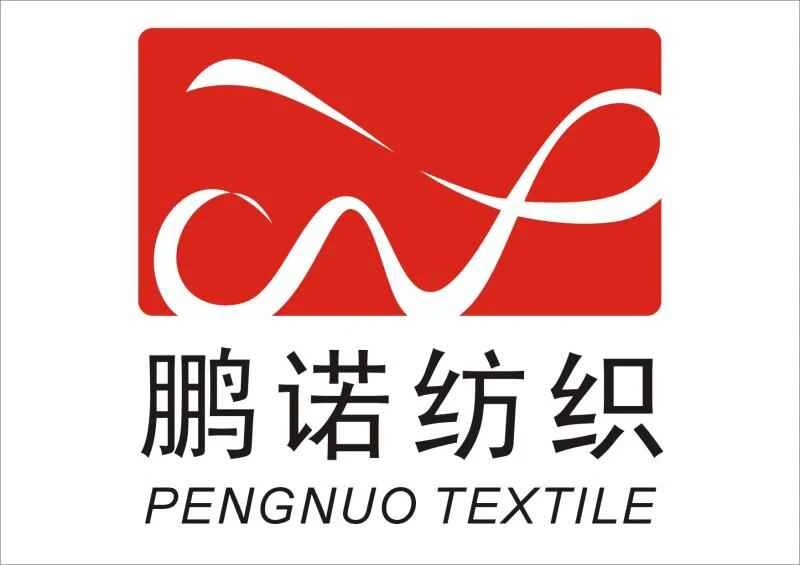

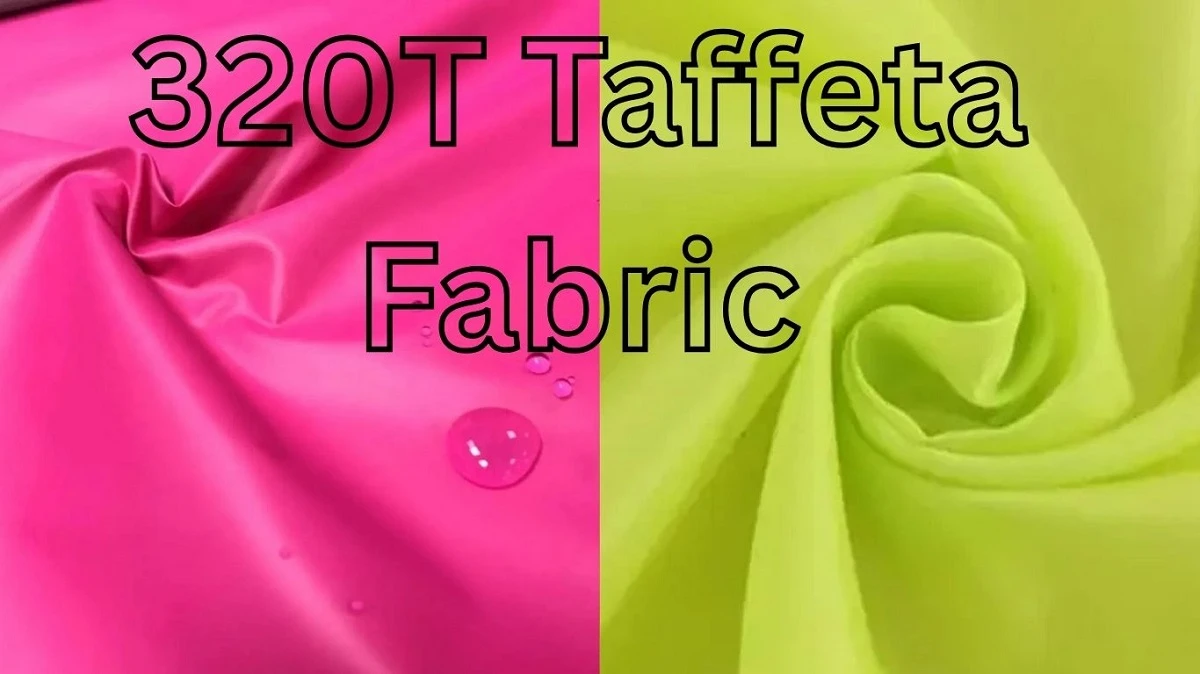
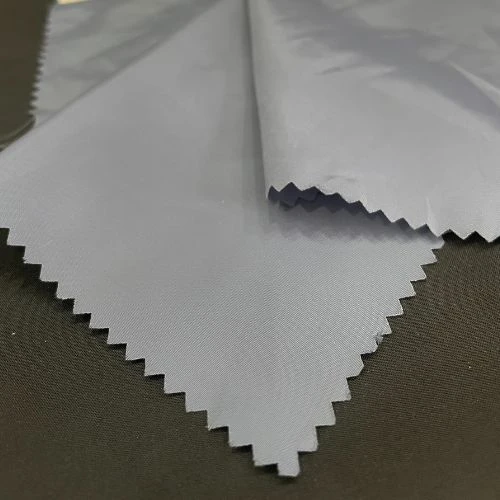

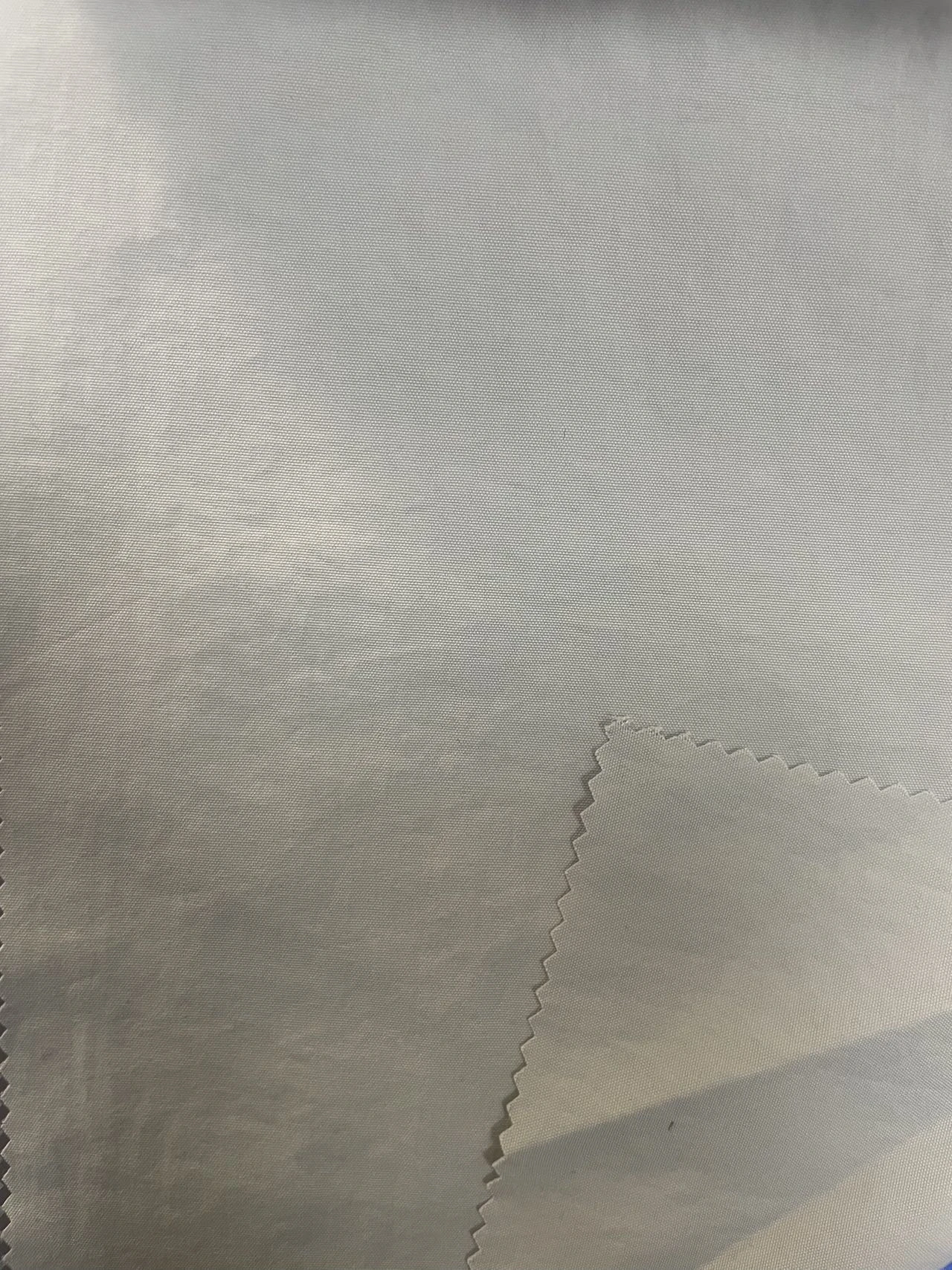

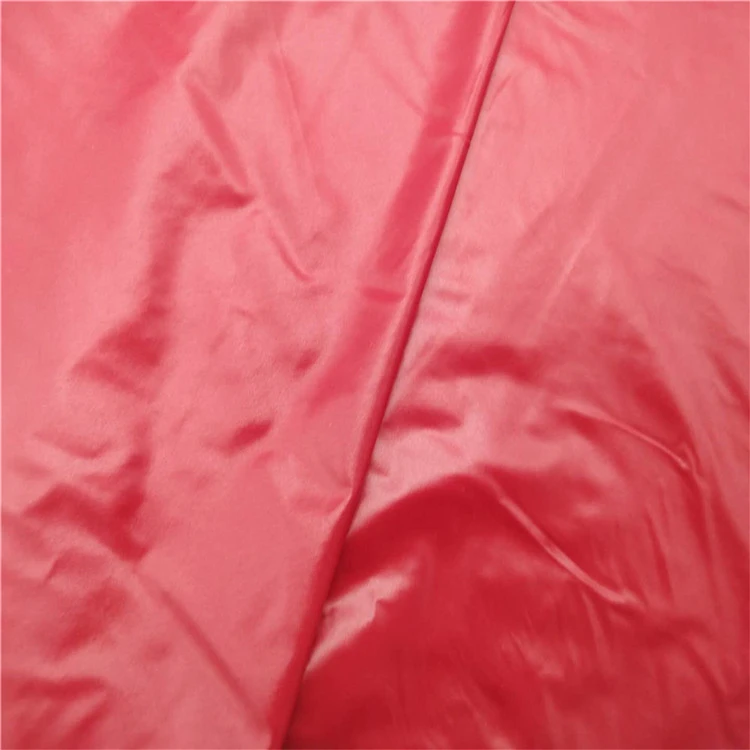
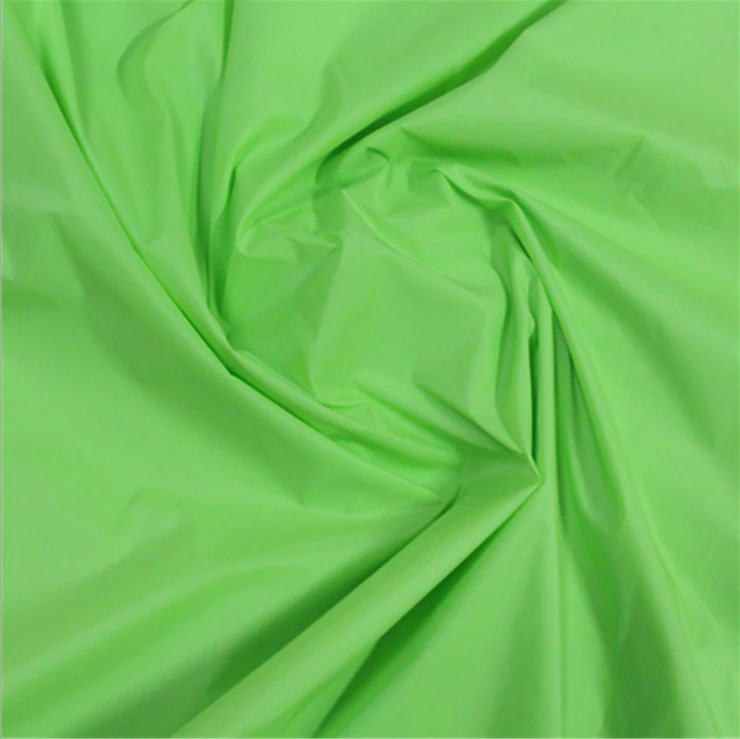
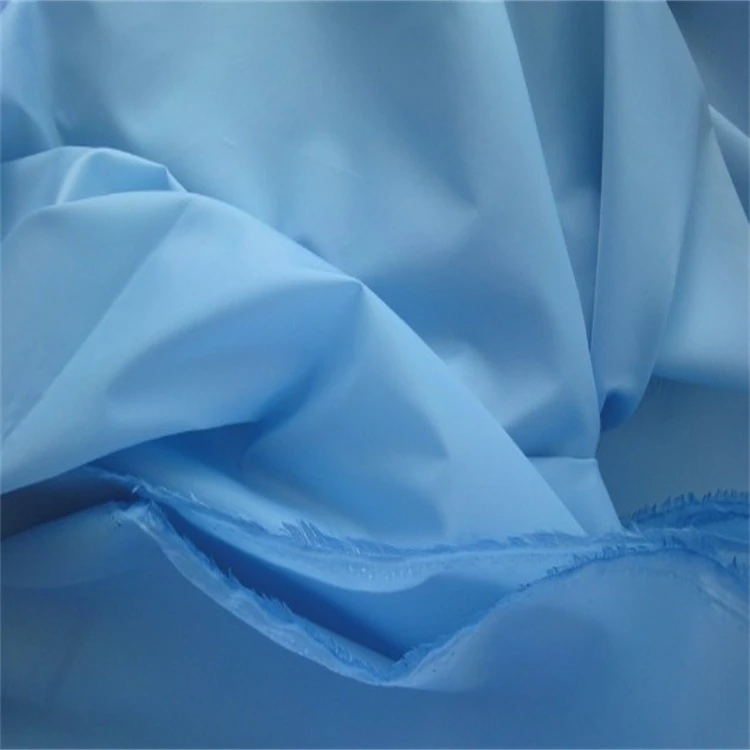
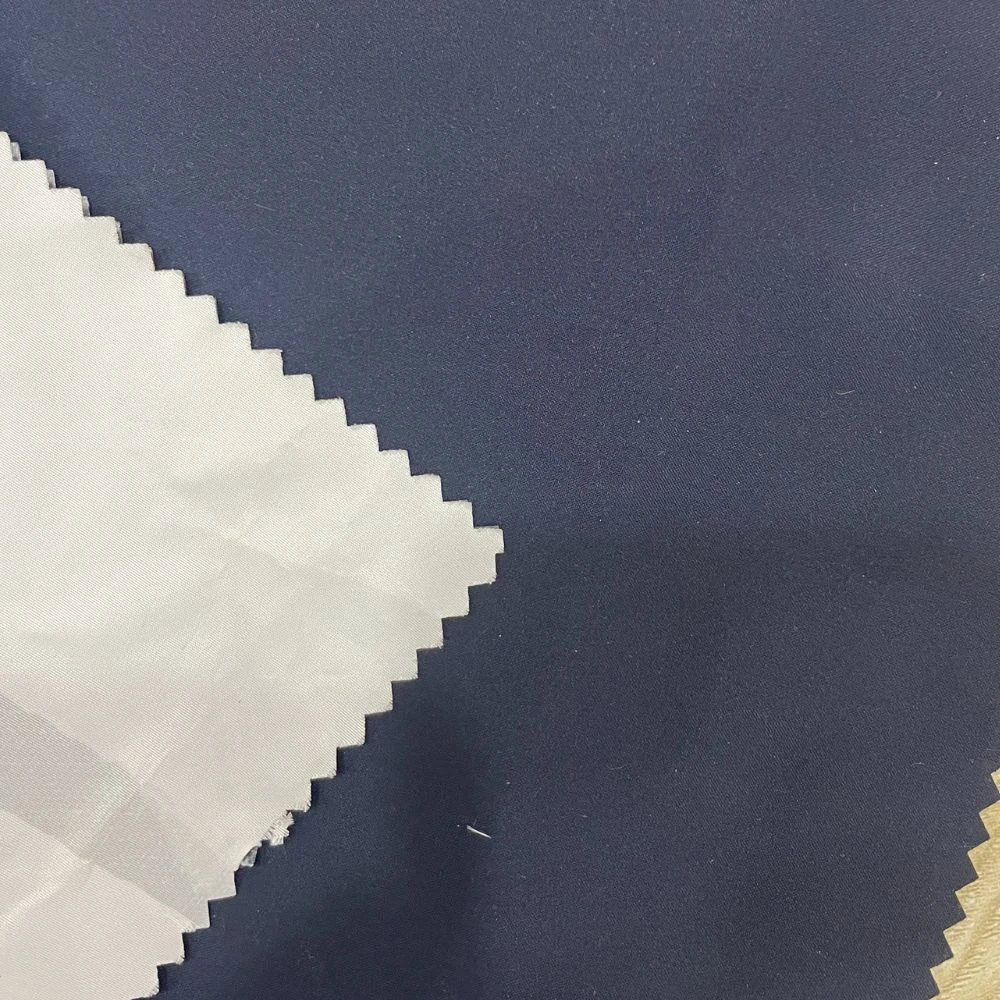





Comments - 00
Leave A Reply
Thanks for choosing to leave a comment.